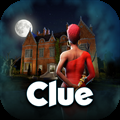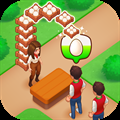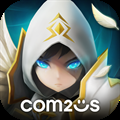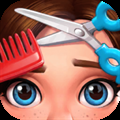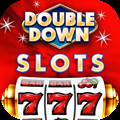Everything Revealed In Magic: The Gathering's Aetherdrift Debut
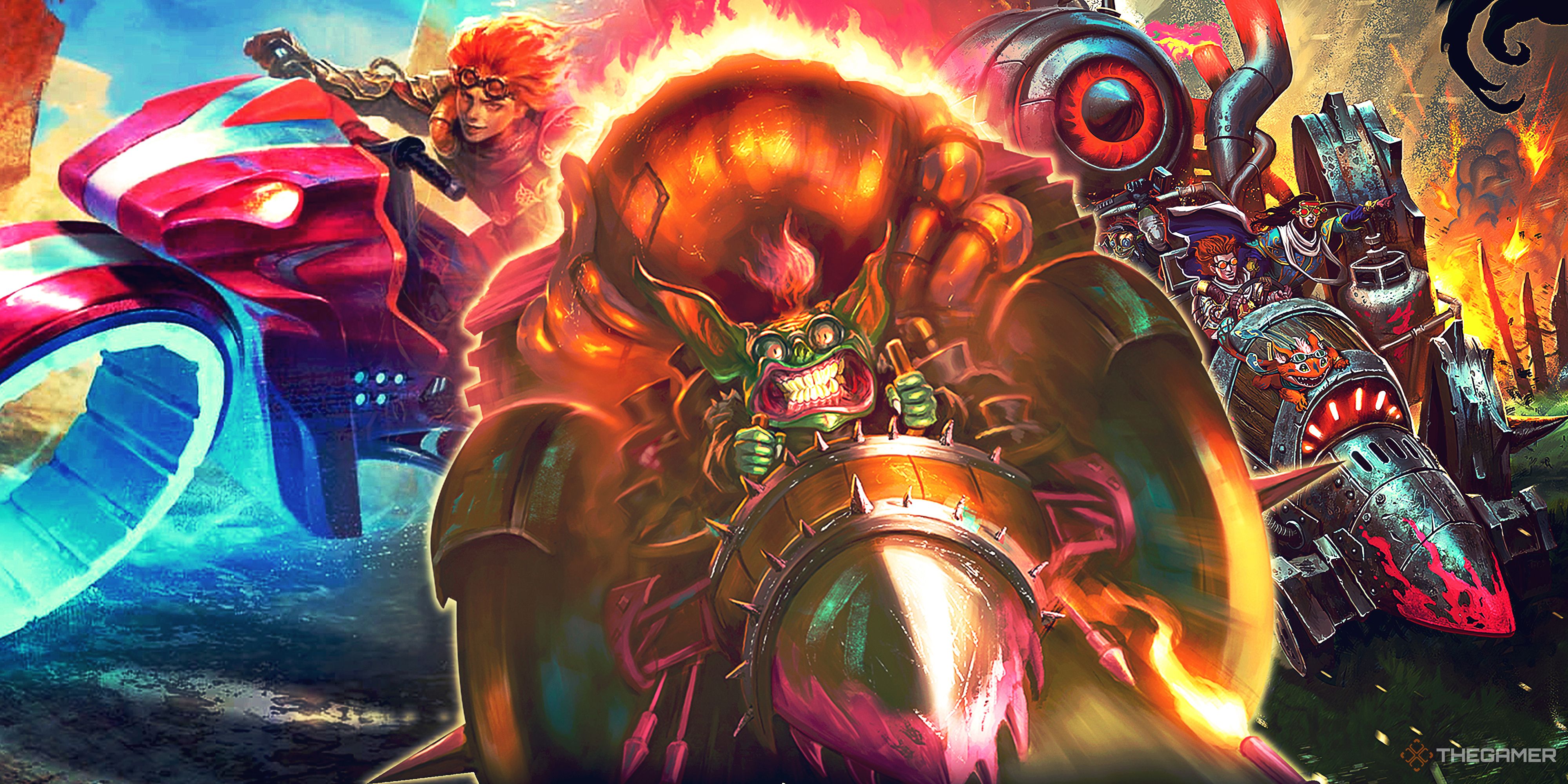
Quick Links
- The Story Of Aetherdrift
- The Mechanics Of Aetherdrift
- New Mechanic: Speed
- New Mechanic: Exhaust
- Returning Mechanic: Vehicles
- Returning Mechanic: Mounts
- Returning Mechanic: Cycling
- Commander Decks
- Art Treatments
- Borderless
- Revved Up
- Rude Rider
- Driver’s Seat Basic Lands
- Box Toppers
Magic: The Gathering’s next set has a lot to prove. After last year’s Murders at Karlov Manor and Outlaws of Thunder Junction, players are more dubious than ever of sets clearly inspired by pop culture, and what is more pop culture than The Fast and the Furious and Formula 1?
Regardless of its inspirations, Aetherdrift looks set to take the racing genre and give it a Magic twist, with new mechanics and art treatments that will, hopefully, put the pedal to the metal when the set launches on February 14. Here is everything that was shown off in the set’s debut, as we kick off its 10-day spoiler season.
The Story Of Aetherdrift
Chandra, Spark Hunter by Devin Elle KurtzAetherdrift follows the second Ghirapur Grand Prix, a death race stretching across three planes via the Omenpaths. Hosted by Avishkar (the plane formally known as Kaladesh), it also revisits Amonkhet for the first time since Hour of Devastation, before heading to the primal wilds of Muraganda in its first main-set appearance.
Competing in the race are ten teams from a variety of planes, split between two colours each:
- The Guidelight Voyagers, a white/blue robotic team who are using the race to hopefully find a path back to their home plane.
- The Speed Demons. This is a blue/black team from Duskmourn co-captained by the Speed Demon itself and his hostage, none other than Winter. They are competing to win the Aetherspark, a captured planeswalker spark that is of great interest to the demon lord of Duskmourn, Valgavoth.
- The Endriders, a gang of red/black survivors from the apocalyptic plane of Gastal.
- The Goblin Rocketeers broke the Velocity Limit of their own plane, and now find themselves in a multiverse that has previously been cut off from them. This red/green team use the race to worship their god of speed, the BOOSTGOD!.
- The Alacrian Quickbeasts of Alacria are green/white partnerships of a human rider and a Quickbeast creature, making use of Mounts rather than Vehicles.
- The Champions of Amonkhet, led by former planeswalker Basri Ket and Zombie Zahur, are a white/black team aiming to help rebuild Amonkhet and push the cooperation between the living and the dead on the plane.
- The Chordatan Keelhaulers, blue/red Shark-like Pirates who found themselves in Avishkar and are drawn to the chaos of the Grand Prix.
- The Speedbrood are black/green insect-like racers, whose only goal in life is to win races and eventually grow to become the very Vehicles they use to race.
- The Cloudspire Racing Team of Kylem are the reigning champions of the previous Ghirapur Grand Prix. This time, the red/white team is co-captained by the planeswalker Chandra Nalaar, who is competing for the Aetherspark for her girlfriend, the desparked Nissa Revane.
- The home team are the blue/green Aether Rangers of Avishkar, led by Chandra’s own mother Pia Nalaar.
While the race is going on, Aetherdrift also follows Jace Beleran and Vraska, who are continuing their mysterious quest for Loot, a small creature with Omenpath-manipulating abilities they had stolen from them during the Duskmourn story.
The Mechanics Of Aetherdrift
Winter, Cursed Rider by Daren BaderAfter a few sets with a large number of new mechanics, Aetherdrift is ironically slowing things down somewhat by only introducing two new things to keep track of.
New Mechanic: Speed
CloseThe first is speed. Speed is a new effect that is tracked outside the game, somewhat like day and night, emblems, or the ring tempting you. Thankfully, it’s also a lot easier to follow than any of those.
When you start the game, you have zero speed. To kick the mechanic off, you need a card that has the “Start your engines!” keyword, which will then start you at a speed count of one. If any opponent loses life on your turn, you’ll gain one additional speed, up to a maximum of four.
You can only gain speed once per turn, but you can gain speed the turn you also start your engine. This means you can get up to max speed in a minimum of three turns.
While some cards will care about exactly how much speed you have, the majority in Aetherdrift simply check whether or not you’re at maximum speed. For instance, Muraganda Speedway can tap for two colourless mana if you’re at max speed, otherwise it only taps for one. Meanwhile, Vnwxt, Verbose Host doubles your card draw, showing the wide range of effects tied into the mechanic.
Starting your engines multiple times won’t increase your speed count past one, but you also can’t lose speed, making it surprisingly easy to get up to the maximum count and start tearing up the track.
New Mechanic: Exhaust
CloseExhaust is meant to recreate that moment in racing movies where the driver hits their turbo boost, storming ahead in a one-off blaze of glory.
Exhaust abilities are activated abilities that you can only activate once per creature. They tend to be bigger, more expensive abilities with game-swinging effects, like Winter, Cursed Rider having a board wipe in the chamber ready to go, or Redshift, Rocketeer Chief throwing down as many permanent cards as you want from your hand for free.
While normally an exhaust ability can only be used once, there are ways around it. Once a card leaves the battlefield, it’s no longer considered the same permanent it was before, and therefore blinking, bouncing, reanimating, or recasting it will reset the exhaust and let you use it again.
Returning Mechanic: Vehicles
CloseWe see Vehicles in just about every set these days, but, as you might expect, Aetherdrift has a much bigger focus on them.
Vehicles are artifacts that can become creatures, as long as you pay the crew cost. To crew, you need to tap enough creatures so that their combined power meets the crew cost – three 1/1s could join together to pay a crew cost of three, or you could just tap one 3/3 instead.
Once they’re crewed, a Vehicle becomes a creature until the end of the turn. It can attack, block, and do all the things a creature can do (including, weirdly, crew other vehicles). However, it is still bound by summoning sickness, so if it’s the turn it entered, it won’t be able to attack or tap for an activated ability.
As the tap for crewing comes from paying another cost rather than activating an ability, you can tap creatures with summoning sickness to crew a Vehicle.
Returning Mechanic: Mounts
Vehicles are considered a deciduous mechanic, meaning they can appear in any set Wizards wants it to. Mounts, on the other hand, are making their first return after Outlaws of Thunder Junction.
Mounts are effectively the creature version of Vehicles. Instead of tapping a creature to crew it, you tap creatures to saddle Mounts, which gives them additional effects. Take Bulwark Ox, which can put a +1/+1 counter on a creature if it attacks while saddled, for example.
Mounts were actually designed for Aetherdrift, before being pulled forward for Outlaws of Thunder Junction.
As Mounts are already creatures, they don’t need to be saddled to attack; you’ll simply get better effects if you do.
Returning Mechanic: Cycling
Like Vehicles, cycling pops up in small amounts in a lot of sets, but it’ll play a much larger role in Aetherdrift.
Cycling isn’t meant to convey any sort of racing trope, it’s simply a very good glue that can bind a limited format together. Cycling abilities have you pay a cost and discard the card with cycling from your hand to draw a different one, helping you filter through your deck for the cards you need.
In previous sets with a heavy cycling focus, like Ikoria: Lair of Behemoths, there were cards that didn’t cycle themselves, but cared about when you did, and had triggers for whenever you cycled. We may see similar in Aetherdrift, turning the mechanic into its own archetype in the format.
Commander Decks
Alongside the main set, we’re also getting two preconstructed Commander decks. This is a decrease from the four we saw in Bloomburrow and Duskmourn, but the two we’re getting should be interesting to fans of Aetherdrift’s settings.
Instead of building on the racing themes of the main set, Aetherdrift’s Commander decks instead revisit what made Avishkar and Amonkhet so popular the first time we saw them. Each plays with mechanics central to the settings, with known characters we’ve not seen in a while.
CloseThe first is Living Energy, a red/green/blue deck headed up by Saheeli, Radiant Creator. This is the third Energy deck we’ve had in a year, joining Fallout and Modern Horizons 3 in attempting to bring the Energy archetype to the Commander format. Backing Saheeli up is the secondary commander, Pia Nalaar, Chief Mechanic, which leans the deck away from Artificers and more towards a Vehicle-focused Energy deck.
CloseThe other deck takes us to Amonkhet, with the white/blue/black Eternal Might. True to Amonkhet, this is a Zombie kindred deck that has you discard cards, make Zombies, and buff them up to go wide. Temmet, Naktamun’s Will is the fact, rewarding card draw with +1/+1 buffs, while the backup commander Hashaton, Scarab’s Fist is more about cheating Zombies into play by copying them from the graveyard.
I’m really hoping for a reprint of Anointed Procession in the Eternal Might deck.
Though this set doesn’t include any extras like Planechase or Archenemy, it does come with the usual Collector booster sample pack and the full-art commanders that were introduced in Outlaws of Thunder Junction.
Art Treatments
We’re now over five years into project Booster Fun, with each set featuring multiple art treatments to make tearing packs more interesting. Most of these can be found in both Play and Collector boosters, with the latter also having the chance of including currently unannounced Headliner cards in less than one percent of packs.
Borderless
CloseA treatment we see surprisingly rarely in regular, Standard-legal sets is just plain old borderless art, but Aetherdrift is offering it in some of its cards.
These will be found on some of the creatures of the set, and are intended to evoke racing game character select menus by giving each a flair of their home plane. Kolodin of the Cloudspire Racers, for example, looks like a painting of a reigning champion, while Aatchik, Emerald Radian has an almost Bloomburrow-y sketch feel to it.
Revved Up
CloseRevved Up celebrated the Vehicles of Aetherdrift, with each incorporating street art and flat but vibrant colour pallets to give a very Need For Speed-y feel. They all feature graffiti-style Avishkari text in the background.
Rude Rider
Mounts get their own treatment too, with Rude Riders playing up the hot rod culture and lowbrow art movements. They’re heavily inspired by things like Rat Fink, complete with popping eyes, flat backgrounds, pointy teeth, and disturbing amounts of detail.
This is an art treatment we’ve seen explored a few times in Secret Lair before from artists like CatDirty, Wooden Cyclops, and even Crocodile Jackson’s drop back in 2021.
Driver’s Seat Basic Lands
CloseFull-art basic lands are a staple of just about every Magic: The Gathering release now, and this time they put you behind the wheel of the racers with a first-person look at the events of Aetherdrift.
Each of the five basic lands has a Driver’s Seat land, with Plains, Islands, Swamps, Mountains, and Forests being based on the Cloudspire Racing Team, Keelhaulers, Speedbrood, End Riders, and Rocketeers respectively.
Box Toppers
CloseAetherdrift is introducing a big change to booster boxes, with Play boosters reducing from the previous 36 packs to just 30. Though this announcement proved controversial with the community, the inclusion of fancy box toppers does go a way to making up for it.
Each booster box of Aetherdrift will include a box topper pack of two cards, with a new “First-Place” gold foil treatment. The first card will always be a gold foil basic land, with 75 percent of packs being gold foil versions of the Driver’s Seat full-art lands found in the main set, and the remaining 25 percent being exclusive Racetrack lands not found in any other treatment.
Meanwhile, the second card can be one of the below, all in gold foil:
- Any rare or mythic rare in the main set, both in the regular art and the Rude Rider or Revved Up art treatments.
- One of eight Graffiti Giants cards.
- Any of the ten Special Guests.
Aetherdrift launches on February 11 on Magic: The Gathering Arena and February 14 in tabletop, with prerelease events being held a week earlier.
Your Rating
close 10 stars 9 stars 8 stars 7 stars 6 stars 5 stars 4 stars 3 stars 2 stars 1 star Rate Now 0/10Your comment has not been saved
Like Follow FollowedMagic: The Gathering
Franchise Magic: The Gathering Original Release Date August 5, 1993 Publisher Wizards of the Coast Player Count 2+ Age Recommendation 13+ Length per Game VariableCreated by Richard Garfield in 1993, Magic: The Gathering (MTG) has become one of the biggest tabletop collectible card games in the world. Taking on the role of a Planeswalker, players build decks of cards and do battle with other players. In excess of 100 additional sets have added new cards to the library, while the brand has expanded into video games, comics, and more.
Expand Collapse



